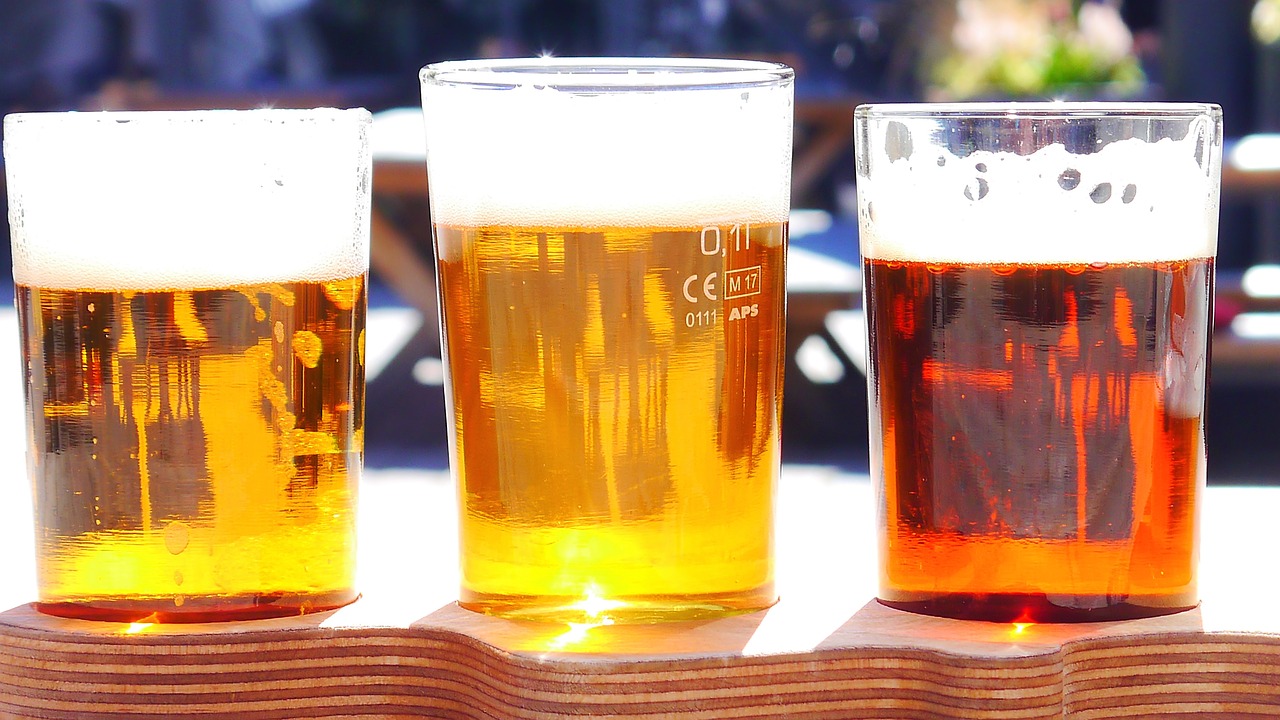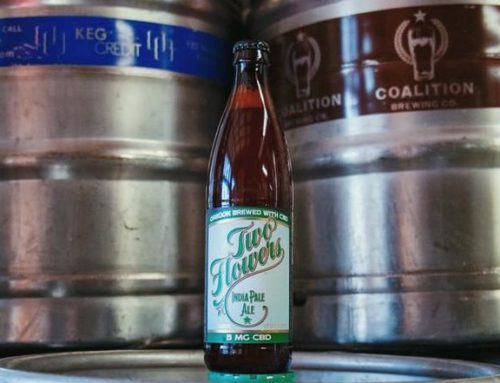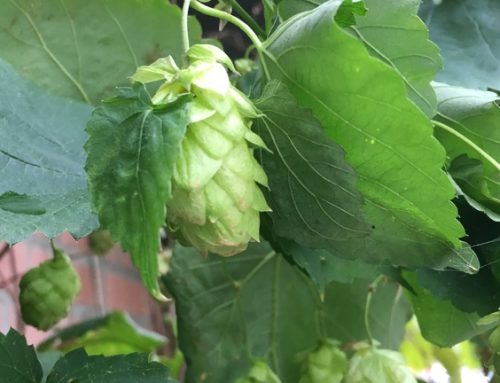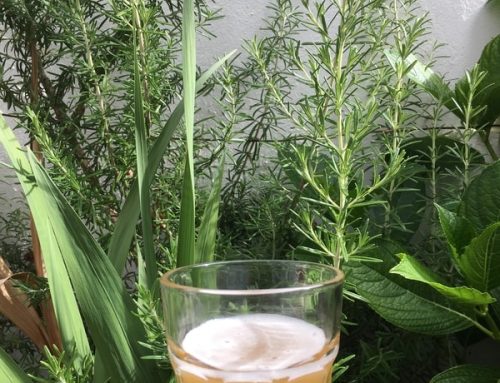Big beer brands are household names. Many people also know craft beer – the smaller, local beers that have proliferated in recent years. We know they are two different products, but they are more distinct than you may think. Here we will explore the craft beer criteria that makes beer “craft”.
A craft product is one that is typically handmade by someone who lives to create beautiful, unique and sustainable product. Beer is no exception to this rule.
A macro brew, by contrast, is the oppsite. Large companies generally make macro brews on a large scale. They tend to pay less attention paid to aspects of quality and more on profit margins.
Additives
Big beer is all about scale. They brew a lot of it and it’s available almost everywhere.
However, many big beers have sacrificed quality for profit by using low-quality and even dangerous ingredients. Part of the problem is that in the US, regulatory bodies do not require alcoholic beverages to list ingredients anywhere on their labels. They are literally black boxes for consumers. For example, GMO, (Genetically Modified Organisms), rice is added to Budweiser because it’s cheaper than other ingredients. While there are some wonderful rice beers available in the world, Budweiser doesn’t qualify itself as a rice beer, continuing to claim it is a traditional lageer.
In a quest to achieve a cheap and consistent product, big beers have even begun to add artificial colorings. Newcastle Brown Ale, owned by Heineken (and brewed in Holland, not Newcastle), has foregone this step and opted for caramel food coloring. This dangerous ingredient is created when ammonia and sulfites are heated under high pressure, with a carcinogenic compound as the end result, having caused lung, thyroid and liver tumors in rats during lab tests. Corona is also rumored to use caramel coloring in it’s signature lager.
How do big beer companies get away with all of this?
Simple – there is no law that requires a beer company to list its ingredients on the label. Unlike other foods, alcoholic beverages are regulated by The Department of Treasury. That means you can easily find out what’s in your soda, but ask a major beer company what’s in your bottle and they can refuse to tell you. While other countries closely monitor their beer, in US, it’s anyone’s guess what exactly it is we’re drinking.
Unlike macro breweries, many craft brewers will list their ingredients on their bottles as a point of pride. This is part of our craft beer criteria. Still many do not and these beers could include harmful ingredients just like their big beer cousins. However, most craft brewers want to show their buyers that they are making an honest product with the best ingredients possible.
Size
There is also a formal definition from the Brewer’s Association that distinguishes craft beer from big beer. There are three qualifying criteria that define a craft brewery:
Small annual production
6 million barrels of beer or less (approximately 3 percent of U.S. annual sales). Beer production is attributed to the rules of alternating proprietorships.
Independent microbrews
Less than 25 percent of the craft brewery is owned or controlled (or equivalent economic interest) by an alcoholic beverage industry member that is not itself a craft brewer. Check out our infographics that detail the relationships between the microbrewery and traditional beer brewery.
Traditional breweries
A brewer that has a majority of its total beverage alcohol volume in beers whose flavor derives from traditional or innovative brewing ingredients and their fermentation. Beer lovers should not consider flavored malt beverages (FMBs) beers.
Beyond this definition, craft beer often celebrates creativity from the first moment of production, brewing in a more handmade, manual process.
Thirsty yet? Try a few of our favorite craft beers here below:
City of the Sun, a hoppy, juicy IPA from San Diego’s Modern Times
Double Negative, an imperial (strong) stout from New York’s Grimm Artisan Ales
Anadromous, a dark sour from Alaska’s Anchorage Brewing (May not be for all tastes, but we like it!)






